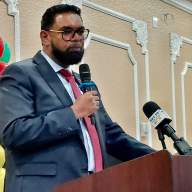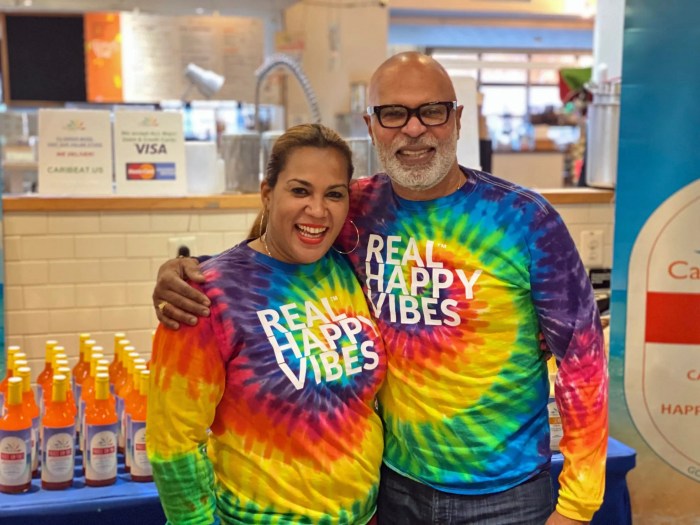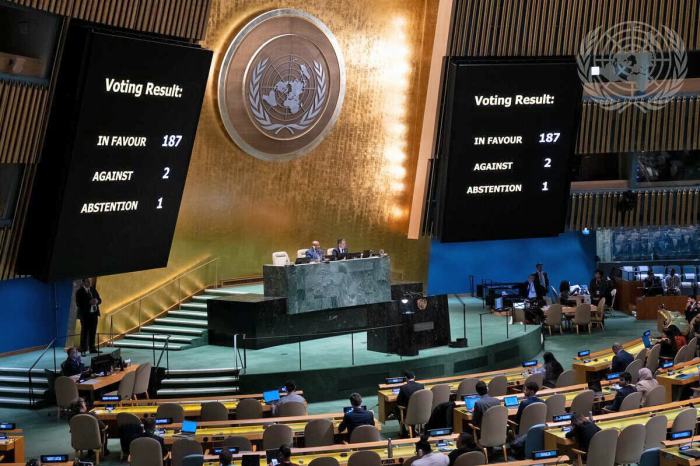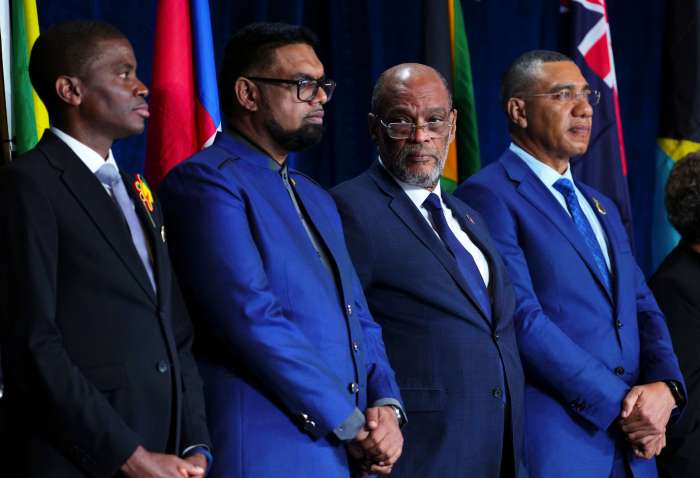Many Afro-Cuban activists say that despite the social advancements made in Cuba in recent years, blacks on the Spanish-speaking Caribbean island still face and battle overt racism.
More than 30 Cuban activists, writers, academics and entrepreneurs, mostly of African descent, gathered at prestigious Harvard University in Cambridge, Mass., last week for what was described as an “unprecedented meeting to celebrate the achievements of the Afro-Cuban movement on the island and set the course for future work,” according to the Miami Herald.
“We have to be aware that this is a historical event,” said Tomás Fernández Robaina, a member of the Regional Afro-Descendant Network group known by the Spanish acronym ARAC and author of the pioneering book “El Negro en Cuba [the Negro in Cuba]”.
The gathering, organized by the university’s Institute for African and African-American Research at the Hutchins Center, had multiple objectives: To celebrate and recognize the work of activists and intellectuals on the island, who have been battling racism since the 1990s; acknowledge the role of Afro-descendants in Cuban history; and lay the groundwork for the continuing challenges, the Herald said.
“The Afro-Cuban movement is much larger and more diverse today than it was 20 years ago,” said Harvard professor Alejandro de la Fuente, director of the institute and author of a book on race relations in Cuba, “A Nation for All.”
“It emerged as a cultural movement but has been enriched by the incorporation of organizations that assume the model of social activism and the incorporation of gender studies and legal issues,” de la Fuente added.
Groups such as the Red Barrial Afrodescendiente (Afro-Descendant Neighborhood Network) and the Identidad y Barrio La Marina (Identity and Neighborhood La Marina), in Matanzas, focus on the work of empowerment at a more local level and are heirs to the popular education model that was disseminated throughout Latin America by Brazilian Paulo Freire, the Herald said.
It said others like Grupo Afrocubanas, which has already produced two books, has set out to “break the silence on black women in the master texts of Cuban history and literature and contribute to the dismantling of negative racist and sexist stereotypes,” according to Daisy Rubiera, one of the founders.
The Herald said the Sociedad Santa Bárbara in Palmira serves as a “living museum, a repository of history and current spiritual belief where the rites of the Lucumí religion, popularly known as Santería, are practiced much as they were during the times of slavery in Cuba.”
One of the pioneers in the fight against racial discrimination on Cuba, which became more blatant during the economic collapse in the 90s known as the “Special Period,” was the Cofradía de la Negritud (Brotherhood of Negritude), a project that began nearly 20 years ago with a mission to raise awareness within Cuban society on the issue of discrimination, the Herald said.
“At that time, the Cuban black population had no voice, and we tried to rescue the right to express ourselves as blacks,” said one of its founders Norberto Mesa.
One of the achievements of the Afro-Cuban Movement, the participants agreed, is to make the racial issue no longer taboo inside the island, said the Herald, but added that “the challenges remain enormous.”
In the absence of other more traditional spaces, the Herald said activists and intellectuals have used newsletters, such as Desde La Ceiba, distributed by the writer and researcher Tato Quiñones, and blogs, despite limited internet access on the island.
There are currently 11 blogs that focus on the issue of racism, said Sandra Álvarez, author of “Negra cubana tenía que ser,” the first black-focused blog, launched 11 years ago.
Prior to that, Chester King, founded Afrocubaweb, a digital site that now contains more than 30,000 articles on the subject of race, the Herald said.
It said Álvarez was recently at the center of a controversy over the publication of a cartoon that she criticized in her blog as being racist after it appeared on the digital site Diario de Cuba, published in Spain by Cuban exiles.
The cartoon depicted two white female tourists accompanied by black Cuban male prostitutes with exaggerated features, the Herald said.
“I felt that I was very alone and that the people who could respond to this racist caricature were in Cuba, disconnected,” said Álvarez, who said she received threats after she published the cartoon on her blog to accompany her criticism of the stereotypical depiction.
“The main lesson [from this experience] is that we, Black Cubans, do not have to expect anything from the racist Cuban exiles,” she said, “they want us quiet.”
Alberto Abreu, a writer who was honored with the prestigious Casa de las Américas award and the author of the blog Afromodernidades said technology has allowed activists to shed light on all sorts of issues and “widen the gap of public discourse” from the control of the Cuban authorities, according to the Herald.
However, it said several speakers agreed that all the public spaces necessary for the discussion of the racial issue still do not exist in Cuba.
Others, the Herald said, pointed out that these projects and organizations operate in a legal limbo: They are not legal but are allowed by the state.
“We do not have sufficient legal protection,” said investigative journalist Gisela Arandia. “We are still operating in fragile spaces.”

























